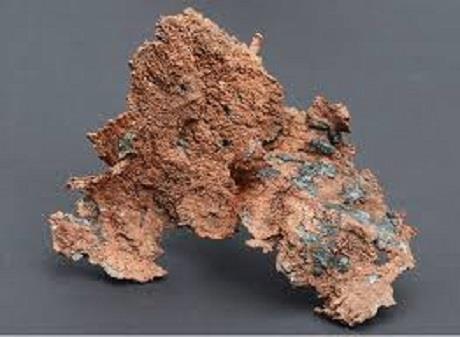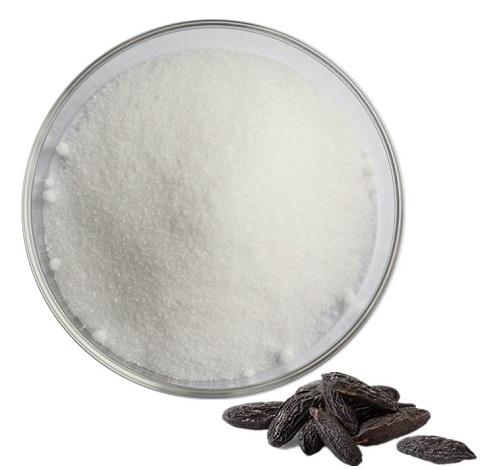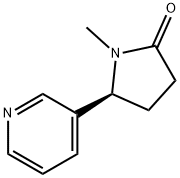Mechanism of COTININE
Jan 12,2022
Cotinine is the major metabolite of nicotine. In the liver, nicotine is rapidly metabolized to cotinine (70–80%) by CYP2A6 and to nornicotine (5%) by CYP2A6 and CYP2B6. With a half-life about 10-fold longer than that of nicotine (15–19 h for cotinine versus 2–3 h for nicotine), cotinine induces plasma concentrations of 1–3 mM in smokers. After administration to rats, cotinine levels in the brain reach fourfold those of nicotine at 4 h following injection. Cotinine is not biotransformed in the brain, allowing accumulation of this substance to levels greater than that of nicotine.
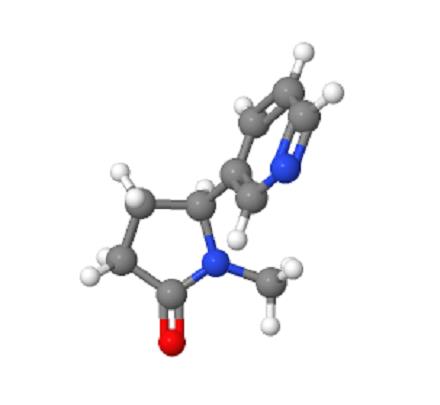
Like nicotine, cotinine is able to induce dopamine release in smokers and in superfused rat striatal slices in a dose- and calcium-dependent manner via the nicotinic receptors, but only at concentrations higher than those normally seen in smokers. Indeed, administration of cotinine to smokers at levels 10-fold that is seen following smoking had no observable effect, suggesting that cotinine is not neuroactive at doses found in smokers. However, cotinine also acts as an inhibitor for nicotine binding in rat brain via desensitization of the nicotinic receptor.
Uses
Cotinine is primarily used in research. Cotinine is a biomarker for the consumption of tobacco and other nicotine-containing products.
Environmental Fate
Cotinine has a vapor pressure of 3.8×10-4mmHg at 25°C. Cotinine will be photochemically degraded with a half-life of 15 h. In sediment, cotinine is completely degraded to carbon dioxide within 72 h. It is not expected to bioaccumulate in aquatic organisms.
Mechanism
Cotinine stimulates dopamine release in the nigrostriatal
pathway by activating nicotinic acetylcholine receptors.
However, its lower EC50 prevents significant activation of this
pathway in smokers.
- Related articles
- Related Qustion
Copper has long been used by humans for a variety of reasons. The name copper derives from the Latin for the metal, cuprum, which is named for the Roman source, the island of Cyprus. Copper has been used in a variety of alloys; of particula....
Jan 12,2022Inorganic chemistryCoumarin is a naturally occurring Benzopyrone compound. It is found in a large number of plants belonging to many different families including tonka beans, woodruff, lavender oil, cassia, melilot (sweet clover), and other plants.....
Jan 12,2022Organic Chemistry(-)-COTININE
486-56-6You may like
- Diosgenin:Uses,Functions and Synthesis
Dec 12, 2025
- Biosynthesis of Cyclopamine from Cholesterol
Dec 10, 2025
- Synthesis of ribociclib
Dec 10, 2025
(-)-COTININE manufacturers
- (-)-COTININE
-
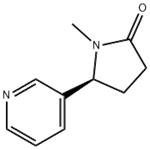
- $0.00 / 1kg
- 2025-12-12
- CAS:486-56-6
- Min. Order: 1kg
- Purity: 98%
- Supply Ability: Customise
- Cotinine
-
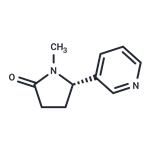
- $59.00 / 100mg
- 2025-12-05
- CAS:486-56-6
- Min. Order:
- Purity: 98.00%
- Supply Ability: 10g
- Cotinine
-
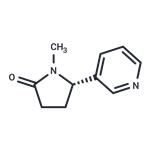
- $59.00 / 100mg
- 2025-12-05
- CAS:486-56-6
- Min. Order:
- Purity: 98.00%
- Supply Ability: 10g




